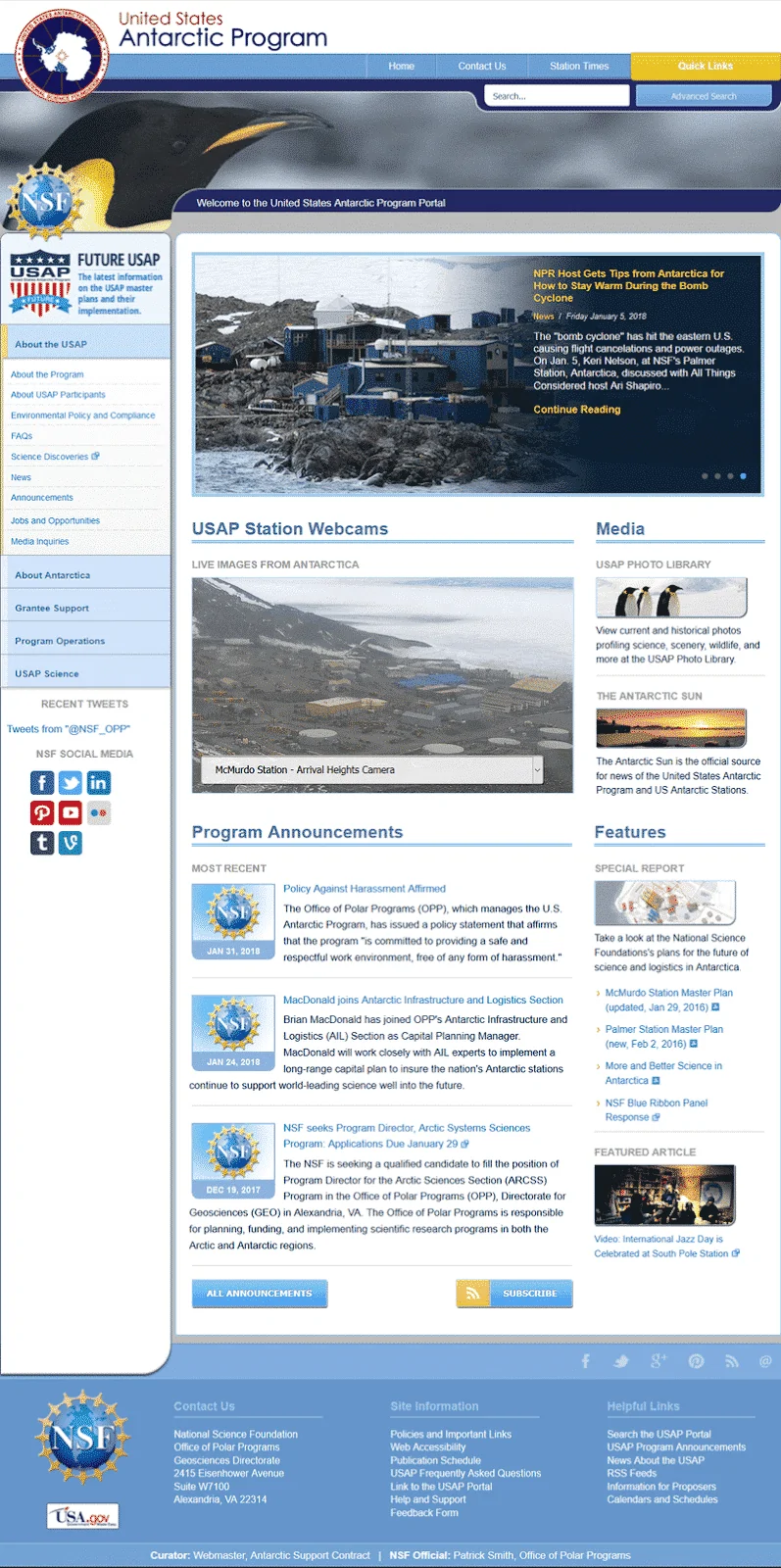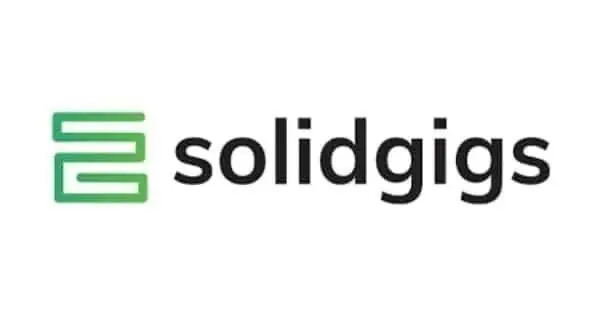For those realizing they need to hire a website designer, there’s no question the related work is going to have a price for the job.
Web designers are good at what they do, but that skill doesn’t come for free. The costs can range anywhere from $5,000 to $20,000 for a project, and that run-up is often due to ambiguity in what is expected versus the service delivered.
🚀 Kickstart Your Freelance Journey! 🚀
Discover the best platforms handpicked by our experts to supercharge your freelance career. Trusted by professionals worldwide, these platforms are essential for every freelancer.
Dive into a curated list of premium remote and flexible jobs. No scams, just genuine opportunities.
Explore FlexJobs
Say goodbye to endless job hunting. Receive top 1% of freelance jobs in your inbox.
Discover SolidGigs
With advanced AI, get matched with jobs that resonate with your skills and passion.
Join ZipRecruiter
Connect with global clients, showcase your portfolio, and bid on projects that align with your expertise.
Start on TopTal
Most businesses hiring a freelance designer know they want a professional-looking web presence for a particular purpose. However, the lack of actual project specificity often creates more work for a freelancer, which in turn ends up taking longer and costing more for the business paying for the work. This is why the cost range varies so much.
See Related: Pros and Cons of Freelance Web Development
Rate Breakdown in How to Hire a Web Developer
How much does it cost to hire a website developer?
Rate-wise, accomplished web designers can command $75 an hour on average. This is a gross rate, and often breaks down between their operations costs, fees paid to middleman services that connect them to work, and their own net pay.
When a business has a very good idea of what is needed, or they are contracting just for a basic starter presence, the cost of the job ranges between the minimum of $5,000 to about $10,000, which an average completion being about $6,800.
That frequently includes expenses associated with the original coding, the mechanical setup of the site with a domain address, the expanded build-out, and content development to put the site into production and real-time access for the public.
From there, additional costs are added if the business wants periodic changes and support, maintenance and fresh content development. The key factor here is that discount-level websites will be canned developments, often using general designs and formats.
Where a business instead is looking for a far more customized design from sources like Toptal, for example, the expense will increase due to the time it takes to make one-off builds and tailor things exactly how the client expects or desires.
The price goes up even further when the client continues to make changes or spec variances from the original plan.
See Related: How to Become a Freelance Web Developer?
How to Hire a Web Developer: Start with a Better Understanding of Your Project
When developing a budget for contracting out your website build it helps tremendously to plan out and confirm what you want ahead of time aside from knowing what to look for in a developer. A lack of planning can significantly impact what you will end up having to pay.
For example, a basic build can be handled quite well by a basic web builder. On the other hand, an aesthetic designer who is far more skilled and tailored to customization can run a lot higher. The difference in cost per hour can be quite a wide range.
The basic build rate, as mentioned above can be about $75 hourly, with beginners commanding a low end of $30/hour and experienced contractors as much as $80. Web designers, on the other hand, who script and fashion custom platforms, can reach well over $100/hour to a high end of $180 hourly.

At first blush, the cost to hire a web developer might seem expensive. A contracting business, however, has to keep in mind that hiring a freelancer literally means hiring an outside vendor.
Even if one person, that freelancer has to take care of a variety of costs buried in that hourly rate. The costs easily include covering their own health insurance, gaps when they are not making any income, training, ongoing skill education, and employment taxes.
See Related: Upwork Alternatives for Freelancing
Additional Cost Change Factors to Consider
The rate charged by a freelance web designer or builder can vary based on the work itself as well.
For example, Some contractors will give breaks to charities, non-profits, friends, or family. The freelancer is frequently able to pick and choose the actual cost for each piece of work performed, and some will value a relationship or helping out a good cause more than just scoring a paycheck.
So, networking and friendships can matter greatly, impacting the total cost of the work performed. When business is tight and things are a buyer’s market, freelancers will also consider taking work for lower rates for cash flow and maintaining a steady income versus holding out for higher pay.
Sites like 99designs are viable areas to take advantage of talent supply. This can come into play heavily when the project time length is clearly going to provide the freelancer stability for a number of months versus just being a simple, momentary job task that ends in a week or two.
Steady work oftentimes helps with negotiating down a rate because the guarantee of steady work is always an appeal to a freelancer who lives in a feast-and-famine environment.
The difficulty level of a project will influence the cost rate charged considerably. Standard builds that can be put together with generic templates and basic tool designs don’t pose much of an issue for experienced builders and designers.
As a result, these produce quickly and tend to be charged less. However, very complex builds that often come with customized work tend to take much longer, require extensive original coding, and result in higher costs for the creativity needed to make them a reality.
Building a website with lots of product pages? It’s going to cost a lot more. A large amount of consistency and coordination is needed from page to page, especially if the build count involves producing dozens, hundreds, or even thousands of individual product pages.
While the template can be designed so that all the pages share, each one has to be customized to the product information displayed, and that takes a lot of detailed work to make a reality. As a result, a high page count will regularly trigger a bigger cost impact to budget for.
The commitment availability of the web builder can swing pricing. If the web builder can only be available part-time, the client can argue for a lower cost as the commitment is split.
On the other hand, if the client is expecting the web builder to available extensively each day, that dedicated commitment is going to command a much higher hourly rate as the builder could easily be multi-tasking on other projects for other clients otherwise.
Relationships matter in how to hire a web developer. Where a client has worked with a builder before, it pays to give return business. Many web builders and designers will discount their rate for returning customers as a thank-you for account retention and additional income.
It’s far easier to hire a freelancer online versus trying to find new clients with cold marketing. That gratitude is returned with a lower cost for the client. So, if you’ve used a web builder before and were happy with the work, consider hiring that person again. The savings can be considered on a big project.
See Related: Project Management Apps for Freelancers
Expecting a Flat Rate Charge for the Cost to Hire a Web Developer
Many clients don’t want to pay hourly. They prefer to have a flat rate, which typically provides far more predictability in cost impacts to budget for.

However, while flat rates have their advantage web designers who are smart are going to build in their costs significantly to make sure they are receiving full compensation for the work they commit to. Flat rates are appealing because they tend to lock in a commitment for a stable expense.
That said, freelancers generally won’t agree to one unless they are compensated well or the terms are very explicit on deliverables. Why?
Experienced builders have found that open-ended flat rate projects become ongoing chases to achieve final satisfaction and closure. They have had more than one client extend out an issue trying to extract minor changes again and again before signing off.
If you’re going to expect a flat rate from a freelancer designer, then be willing to agree to specific terms with clarity and very definitive completion of projects when achieved.
You will want to make sure that you have full satisfaction, but that doesn’t come at a discount. You won’t find expert work on sites like Fiverr, for example; that kind of site is better for small, quick tasks.
Typical flat rate charges will be comparable with the following for a generic website built:
- Initial mechanical start: $150-200
- Design and build: $5,000
- Content creation: $500 for the first level, $250-500 for subsequent rounds each
- Client training and turnkey direction: $500
- Periodic maintenance: $500 per update period
As can be seen, the total flat cost will be approximately $7,000. It’s easy to plan for and the deliverables can be broken down into phases that can be scheduled and accounted for.
On the other hand, the build is clearly limited. As a client, you can’t go back in and suddenly make changes unless you are willing to add another cost term.
Everything becomes modularized. This works fine for those who want an ala carte approach to builds, but it’s not so appealing to clients who assume once they have hired a builder that details and changes can just be tweaked as things move along.
It’s a rigid approach that works best when the terms are straightforward, sequential, and unlikely to change. The cost to hire a web developer’s price figures for flat rates is not set in stone. Instead, they are provided as a guide to start negotiations of freelancers’ pay and what to expect that is reasonable and within range. Again, the prior factors can come into play for causing change and differences to the advantage of the client overall.
Also, customization affects how much it cost to hire a website developer and tends to drive up costs far more as it requires more work and detailed scripting versus using templates and forms that have already been built before and tested.
The difference can easily add another $5,000 to a flat cost right from the start.
See Related: 99designs vs Fiverr
Content Creation and Ongoing Maintenance
Because of the nature of modernized search engine criteria, content creation and regular site maintenance are ongoing needs. So as a client, you will need to consider two aspects of your website if you want it to be viable and productive as well as register on search engines to generate traffic.
The first issue is your primary need, the site build. The second issue is updating and regular performance testing of your site to make sure everything is working correctly. The maintenance involves checking function, activity domain registry licensing and site linkage connections are all working as expected.
It also involves troubleshooting issues that have developed over time. Many times maintenance can lead to new project work, so be prepared for needs to appear and to address them as identified. These issues are frequently associated with your site’s growth and increasing traffic demands.
Content creation is far more fluid in detailing how much it costs to hire a website developer. It’s necessary to keep your site vibrant but the material often involves far more than just site design. Many times it’s also developing the actual material your readers and site visitors will consume.
That includes articles, blog posts, social media material, videos, downloads, and much more. This kind of material can be provided by a web designer who specializes in its creation, but you may be overpaying for it.
For example, if the content you need is articles, a writer would be a far better choice to have. The material provided by the writer will often be a lower rate, and you save money that can be used elsewhere.
By concentrating your freelance web designer on the actual site build and maintenance, you make your dollars go farther. Typical content creation can run as low as $100 a month to as much as $5,000, depending on how much material you need. Website maintenance is far more mundane and less expensive, typically running between $500 to $1,000 annually.
See Related: Tips to Prepare for Your Toptal Freelance Interview
Final Note, Be Careful of Extensive Engagement
When bringing on a freelancer from a site like 99designs or SolidGigs for example remember that he or she is functionally a contractor. That means you need to treat them as such as not an employee.

Scope out what is needed, provide the task plan, and let them function on the delivery. Don’t get involved in the minutia details or manage them by the hour. Why? When you start to pin down what your contractor is doing daily the interaction will cost you more money and, secondly, the details and practice could get your business in hot water with the IRS.
The federal tax agency is very specific about not using independent contractors and contractors in lieu of employees without performing the necessary payroll tax withholding.
Companies that are caught trying to circumvent this requirement can end up paying hefty penalties and fines for each pay period of withholding missed on what should have been classified as employees.
Working through licensed businesses gives you better protection as there is clearly a contractual relationship from one business to the next verses with an individual. It might cost your budget a bit more as a result, but the contract defense it gives you from a tax mess can be invaluable.
Related Articles
